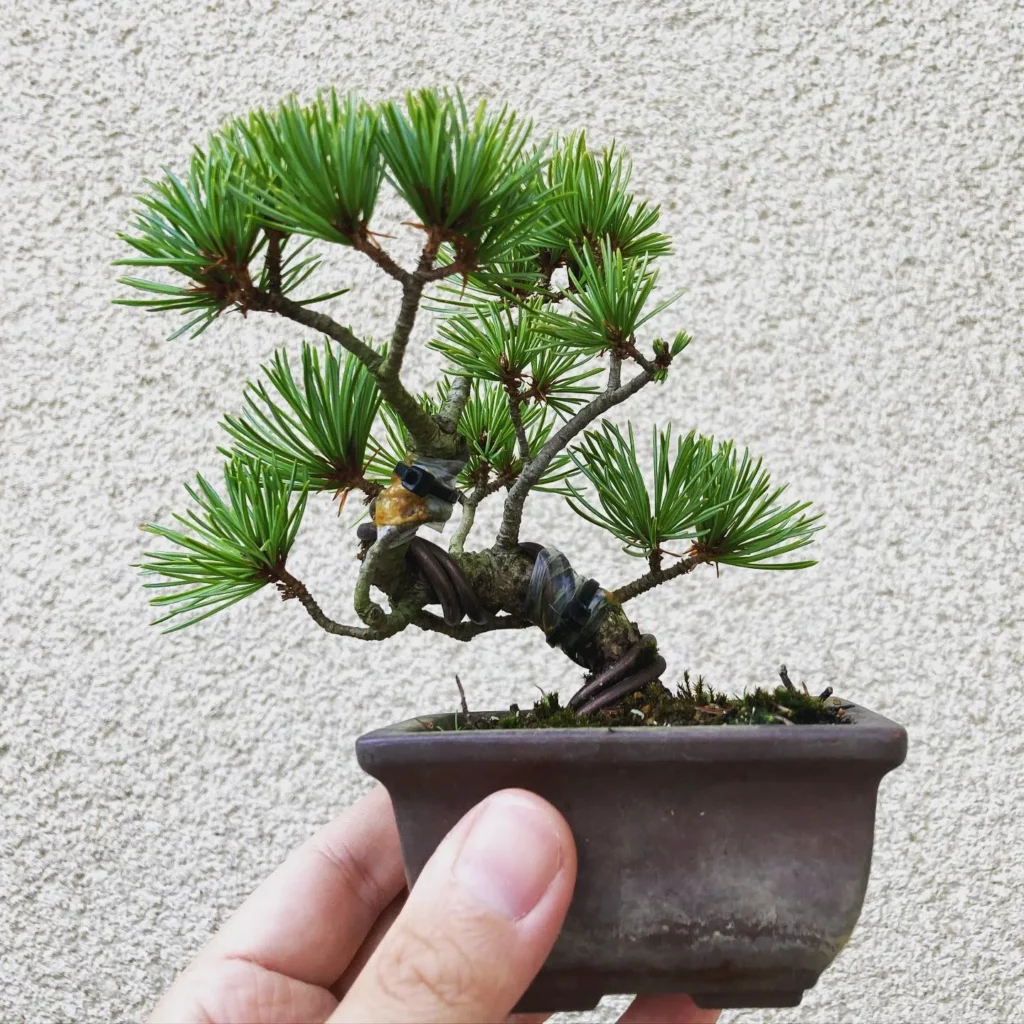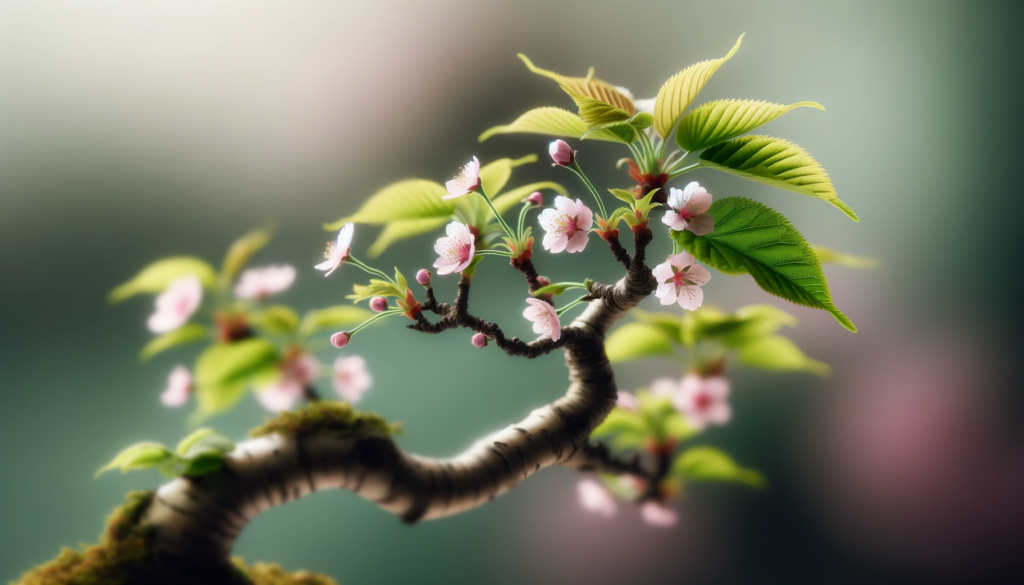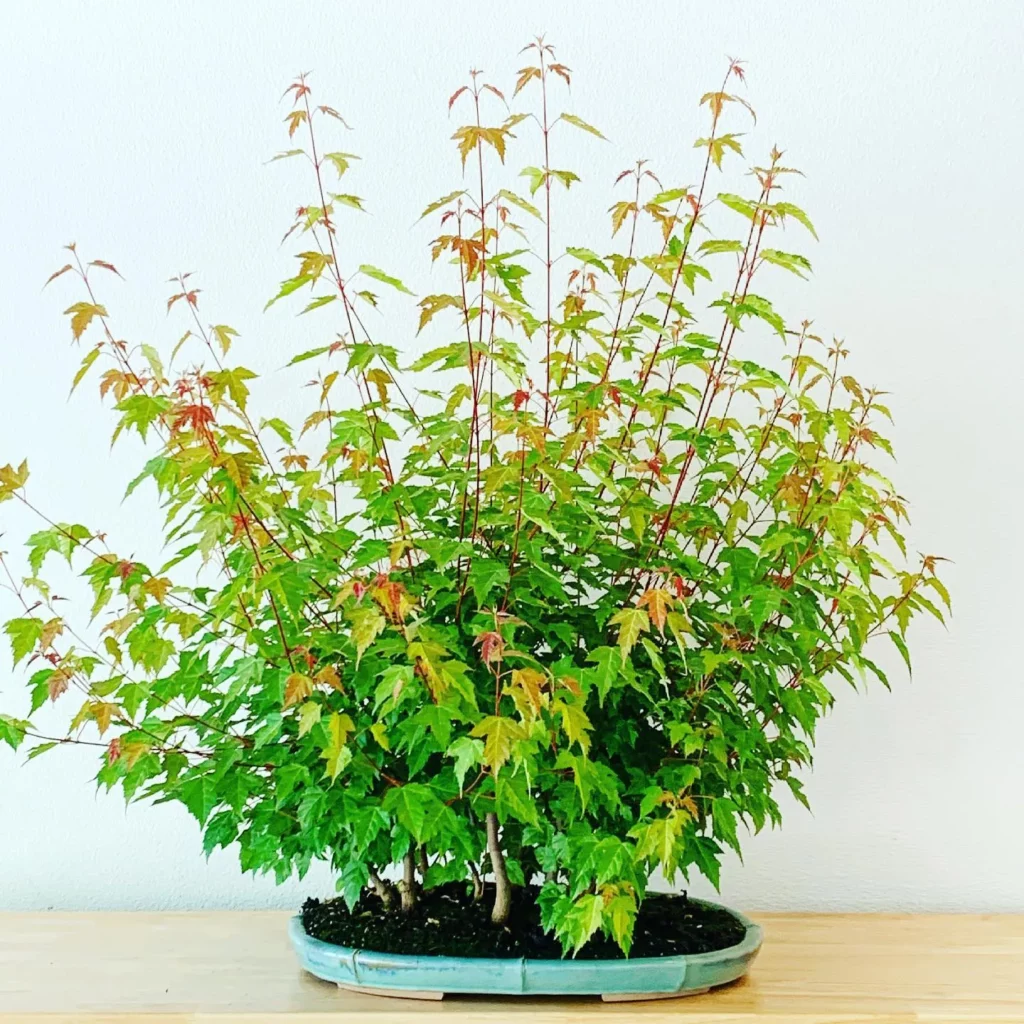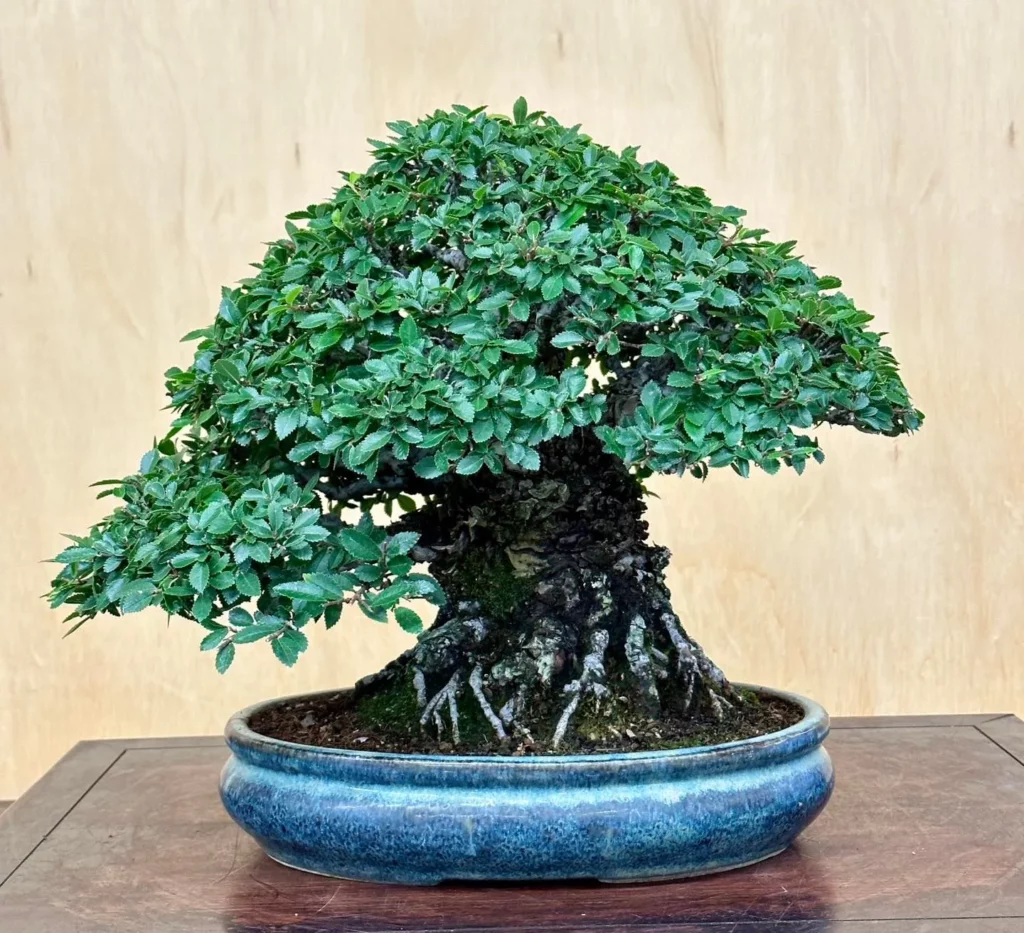Miniaturization is a key aspect of bonsai tree growing, allowing enthusiasts to create stunning miniature versions of these beautiful trees. It involves a range of techniques that shape and control the growth of bonsai trees, resulting in compact and exquisite specimens. From wiring and stretching to pruning and defoliating, each technique contributes to the art of miniaturization in bonsai. Repotting and thoughtful care are also crucial for maintaining the balance and size reduction of these delicate trees.
Key Takeaways:
- Miniaturization in bonsai cultivation involves techniques such as wiring, stretching, pruning, defoliating, and repotting.
- Wiring helps shape the branches of bonsai trees, while stretching encourages growth in specific directions.
- Pruning maintains the desired shape and removes unwanted branches, while defoliating balances growth and promotes smaller leaves.
- Repotting is necessary to balance root growth and control the size of the bonsai tree.
- Factors like sunlight, fertilizer, humidity, and water supply significantly impact bonsai tree development and miniaturization.
Understanding Bonsai Miniaturization Techniques
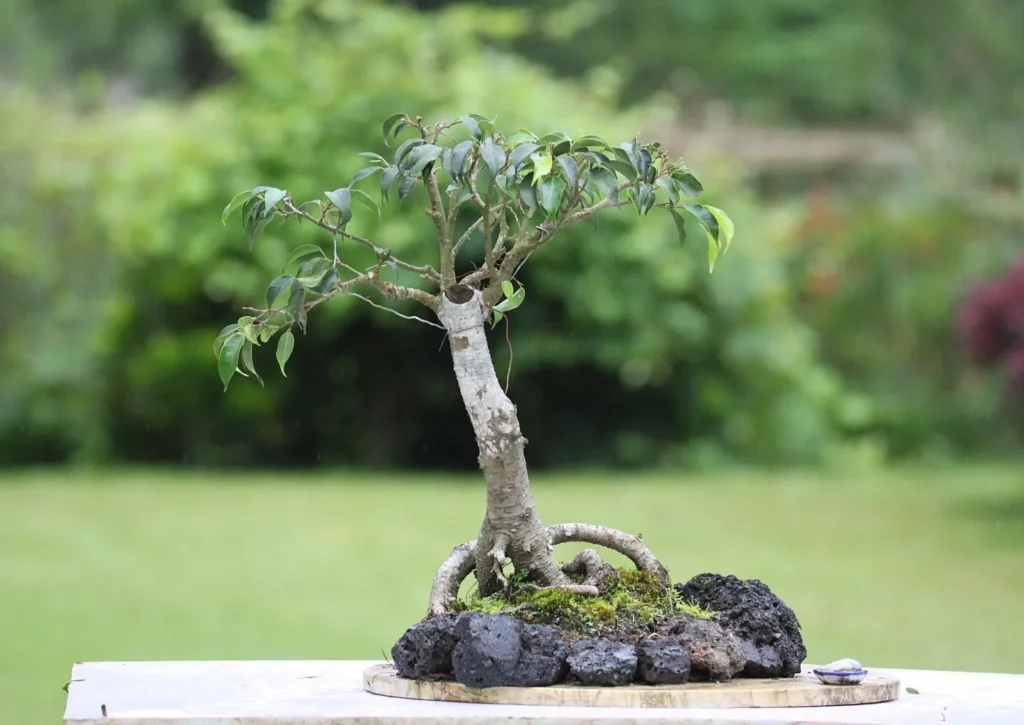
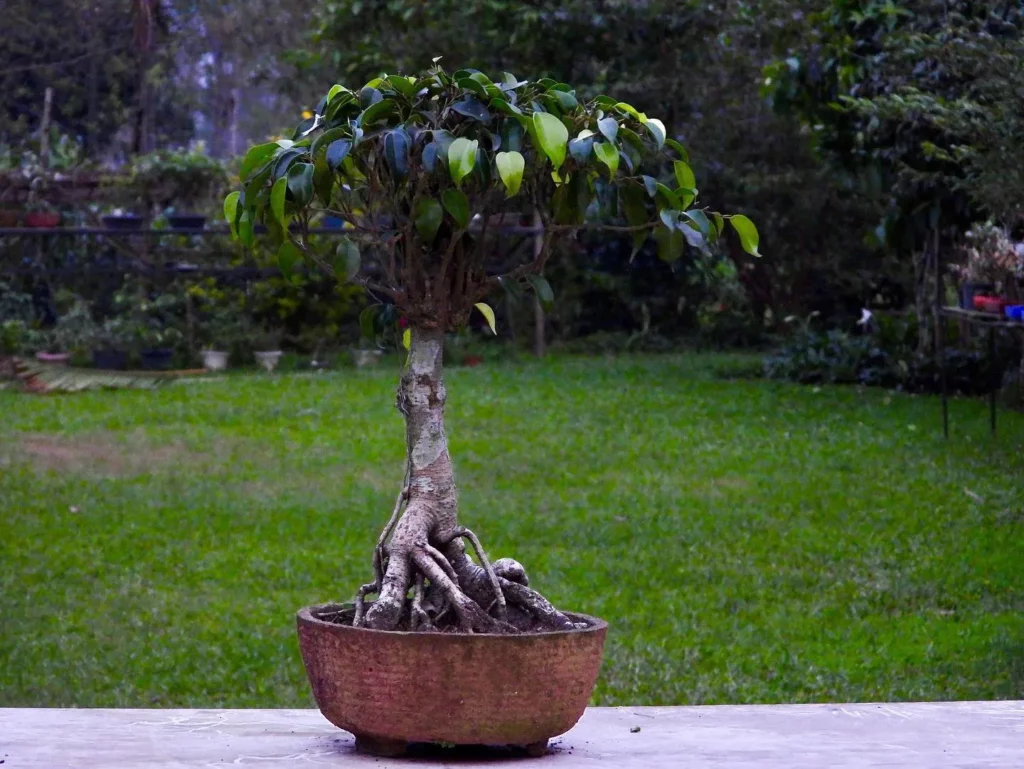
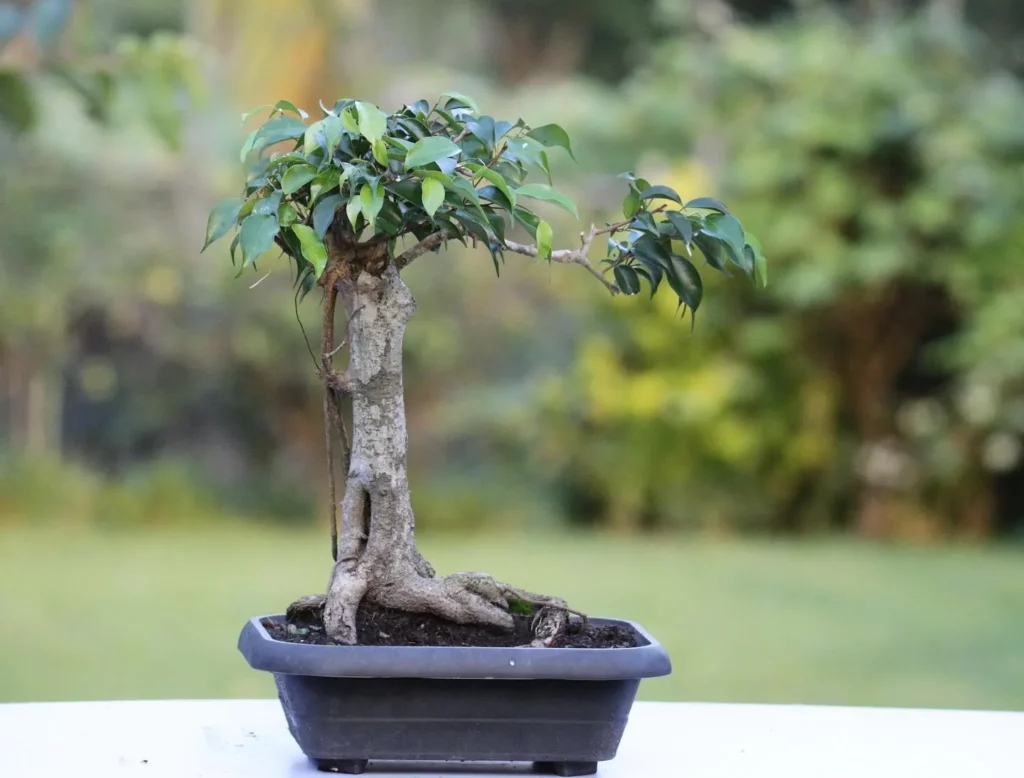
To achieve the desired miniature size in bonsai trees, a combination of techniques is employed, including wiring, stretching, pruning, defoliating, and repotting. Each technique plays a crucial role in creating compact, exquisite trees that embody the essence of bonsai art.
Wiring for Branch Shaping
No products found.
One of the key techniques in bonsai miniaturization is wiring. By carefully wrapping wire around the branches, bonsai enthusiasts can shape and guide the growth of the tree. This allows for precise control over branch positioning and encourages the development of a natural, balanced form. It is important to use flexible yet durable wire, such as aluminum or copper, ensuring that it does not damage the delicate branches. With careful attention and patience, the wired branches gradually adapt to the desired shape, contributing to the overall miniaturized appearance of the bonsai tree.
Stretching Techniques for Directing Growth
Another technique utilized in bonsai miniaturization is stretching. By gently wrapping a branch with a stretchable material, such as raffia or tape, bonsai enthusiasts can influence the direction of growth. As the branch stretches and thickens, it gradually assumes the desired position, enhancing the overall structure of the bonsai tree. Stretching techniques are particularly effective for creating dynamic and graceful curves, adding visual interest to the miniaturized bonsai.
Pruning for Shaping and Balance
No products found.
Pruning is an essential technique in bonsai cultivation, contributing to both shaping and balance. By selectively removing branches and foliage, bonsai enthusiasts ensure that the tree maintains its desired form and proportions. Pruning also enhances the overall health of the tree by promoting air circulation, sunlight exposure, and nutrient distribution. In the context of miniaturization, pruning helps create a more compact and harmonious appearance, with every branch and leaf contributing to the intricate beauty of the bonsai.
| Technique | Description |
|---|---|
| Wiring | Wrapping wire around branches to shape and guide growth |
| Stretching | Using stretchable materials to influence the direction of growth |
| Pruning | Removing branches and foliage to shape and balance the tree |
Defoliating to Encourage Compact Growth
Defoliating is a technique that involves removing the foliage of a bonsai tree, typically during the growing season. By removing the large leaves and allowing new, smaller leaves to develop, bonsai enthusiasts can encourage more compact growth. Defoliating helps achieve a tighter and more refined appearance, contributing to the miniaturized aesthetic of the bonsai. It is important to note that defoliating should be done with caution and consideration for the health of the tree, ensuring that it does not overly stress or weaken the bonsai.
These techniques, along with repotting and careful management of factors such as sunlight, fertilizer, humidity, and water supply, form the foundation of achieving miniaturization in bonsai cultivation. By mastering these techniques and understanding the unique needs of each bonsai species, enthusiasts can create stunning miniature trees that captivate the eye and evoke a sense of harmony and tranquility.
Wiring for Branch Shaping

Wiring plays a crucial role in bonsai miniaturization, allowing enthusiasts to shape the branches of their trees in desired forms. By carefully wrapping wire around a branch, it can be gently manipulated and guided into the desired position. This technique is essential for creating the intricate, compact shapes that characterize miniaturized bonsai trees.
When wiring a bonsai tree, it is important to consider the thickness and flexibility of the branches. Thicker branches require thicker wire for support, while more flexible branches may need lighter wire to prevent damage. The wire should be wrapped in a spiral motion, starting from the base of the branch and moving towards the tip. Care must be taken not to wrap the wire too tightly, as this can cause damage to the branch.
No products found.
After the wire has been applied, the branch can be gently shaped by bending it into the desired position. This process requires patience and attention to detail, as small adjustments can have a significant impact on the final shape of the tree. Once the branch has been shaped, the wire should be left in place for a period of time to allow the branch to set in its new position. The wire can then be removed and reused on other branches if necessary.
Wiring for branch shaping is a delicate process that requires skill and expertise. However, with practice and careful attention, bonsai enthusiasts can achieve stunning miniaturization in their trees, creating works of living art.
Stretching Techniques for Directing Growth

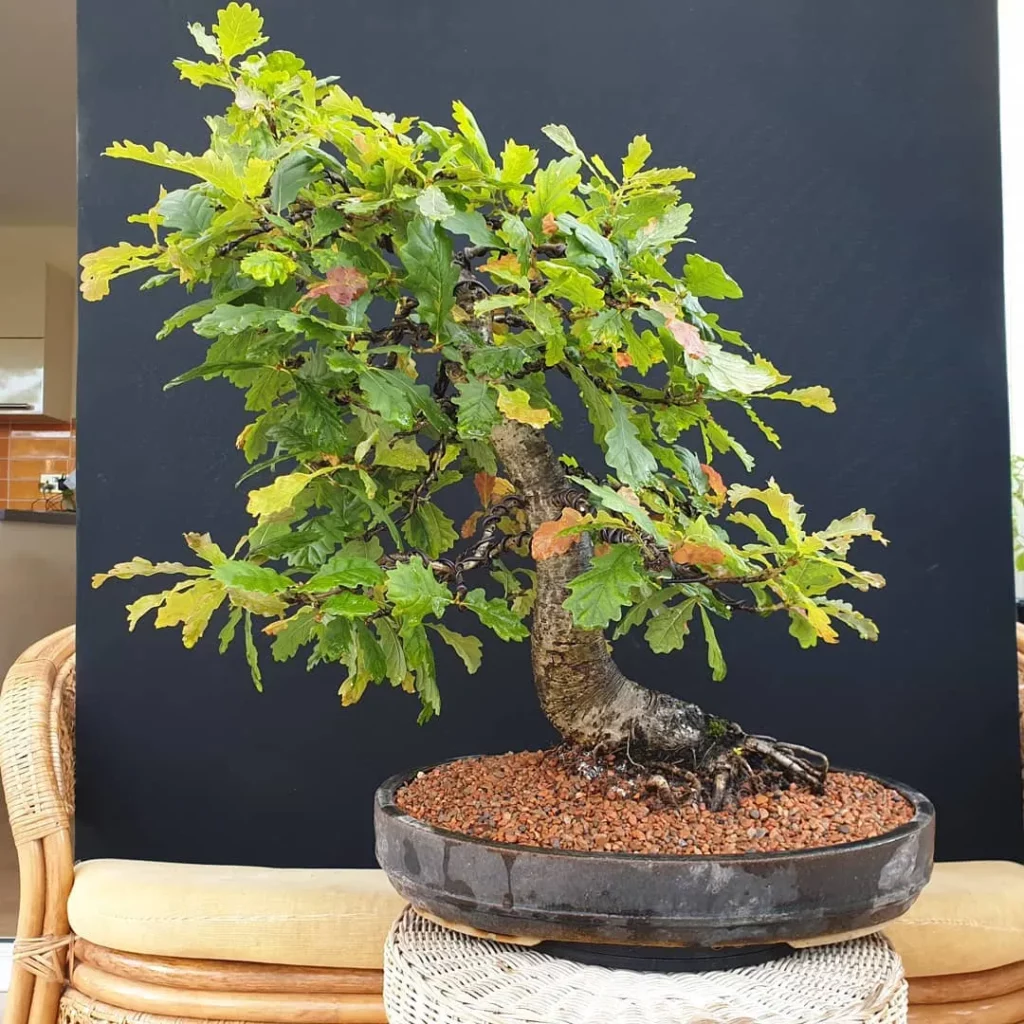

Stretching techniques are employed to guide the growth of bonsai trees, ensuring they develop in a desired direction and contribute to their miniaturized appearance. One such technique is branch wrapping, where a flexible material, such as raffia or wire, is used to gently bend and shape the branches. By wrapping a branch with care and precision, bonsai enthusiasts can guide its growth, creating elegant curves or intricate patterns that reflect their artistic vision.
An alternative stretching technique involves using weights to train the branches. This method involves attaching a small weight, such as a stone or metal object, to a branch, encouraging it to droop and create a cascading effect. This technique is often used to create stunning cascading-style bonsai trees, where the branches gracefully cascade downwards, mimicking the appearance of natural trees growing on cliffs or overhangs.
While using stretching techniques, it is important to monitor the tree’s response closely. The goal is to achieve the desired shape without causing harm to the tree. Regular observation and adjustment of the wrapping or weights are essential to ensure the branches grow in the intended direction. Additionally, it is advisable to engage in regular tree maintenance, including watering, pruning, and fertilizing, to promote healthy growth and support the effectiveness of the stretching techniques.
Pruning for Shaping and Balance

Pruning is a vital aspect of bonsai cultivation, enabling enthusiasts to shape their trees and maintain balance while striving for a miniaturized aesthetic. By carefully trimming and pruning the branches, bonsai artists can create the desired form and structure of their miniature tree. This meticulous process involves removing unwanted branches, redirecting growth, and encouraging the development of the desired shape.
One of the key goals of pruning is to maintain balance within the bonsai tree. The removal of excess foliage and branches allows for better light penetration and air circulation, ensuring the health and vitality of the tree. Through strategic pruning, bonsai enthusiasts can control the ratio of trunk to foliage, creating a sense of harmony and proportion in their miniaturized masterpiece.
An Example of Pruning Techniques
“Pruning requires a keen eye and steady hand. Each cut is deliberate and calculated, ensuring that every snip contributes to the overall aesthetic and balance of the bonsai tree.”
During pruning, bonsai artists use specialized tools such as bonsai shears and concave branch cutters. These tools allow for precise cuts and minimize damage to the tree. Careful consideration is given to each branch’s angle, length, and thickness, as these factors contribute to the overall shape and balance of the miniature tree.
No products found.
Key Takeaways:
- Pruning is a vital aspect of bonsai cultivation, enabling enthusiasts to shape their trees and maintain balance while striving for a miniaturized aesthetic.
- Strategic pruning involves removing unwanted branches, redirecting growth, and creating harmony within the tree’s structure.
- Specialized tools and careful evaluation of growth patterns are necessary for successful pruning.
| Techniques | Benefits |
|---|---|
| Removal of excess foliage and branches | Better light penetration and air circulation |
| Control of ratio between trunk and foliage | Harmony and proportion in the bonsai tree |
| Precise cuts with specialized tools | Minimal damage to the tree |
Defoliating to Encourage Compact Growth



Defoliating is a technique employed in bonsai cultivation to encourage compact growth and create a more miniaturized appearance of the trees. By selectively removing the leaves from a bonsai tree, defoliating helps redirect the plant’s energy towards bud development, resulting in smaller, more proportionate foliage. This technique is particularly effective for species with large leaves, as it not only enhances the aesthetics but also maintains the overall balance of the tree.
Defoliating is typically done during the summer months when the tree is in its active growth phase. It is important to note that this technique should be approached with caution and only applied to healthy and mature specimens. Careful consideration should be given to the species and timing, as improper defoliation can weaken the tree and hinder its overall development.
When defoliating a bonsai tree, it is essential to ensure proper aftercare. Providing adequate sunlight, moisture, and nutrients is crucial to support the tree’s recovery and the regrowth of new foliage. Regular monitoring of the tree’s health is advised, as it may require additional care such as protection from strong winds or pests.
No products found.
The Benefits of Defoliating
Defoliating offers several benefits to bonsai trees and their overall miniaturization process. It not only reduces the leaf size but also encourages the growth of smaller, more refined leaves. This helps create a more balanced and proportional appearance, enhancing the visual impact of the tree.
Furthermore, defoliating stimulates the tree’s dormant buds, promoting the development of new branches and foliage. This allows bonsai enthusiasts to shape and refine the tree’s structure, achieving the desired miniature form. With proper technique and care, defoliating can be a valuable tool in the art of bonsai cultivation.
Overall, defoliating is a technique that requires careful consideration and skilled execution. When done correctly, it can contribute significantly to the miniaturization of bonsai trees, resulting in breathtaking miniature landscapes that captivate the imagination.
Common Bonsai Species Suitable for Defoliating
| Bonsai Species | Recommended for Defoliating |
|---|---|
| Japanese Maple (Acer palmatum) | Yes |
| Chinese Elm (Ulmus parvifolia) | Yes |
| Juniper (Juniperus spp.) | No |
| Pine (Pinus spp.) | No |
| Boxwood (Buxus spp.) | Yes |
The Significance of Repotting in Miniaturization

Repotting is a crucial aspect of miniaturizing bonsai trees, allowing for better control of root growth and overall tree size reduction. By carefully selecting the right time and technique for repotting, bonsai enthusiasts can maintain the health and aesthetics of their miniature trees.
No products found.
One of the primary reasons for repotting is to prevent root binding. Over time, the roots of a bonsai tree can become constricted within the pot, limiting their ability to absorb nutrients and water. Repotting provides an opportunity to trim and prune the roots, stimulating new growth and promoting a more compact root system. This, in turn, helps to maintain the miniaturized size of the tree.
When repotting, it’s essential to choose the appropriate soil mixture. Bonsai trees require well-draining soil to avoid waterlogging, which can lead to root rot. A mixture of Akadama soil, pumice, and lava rock is commonly used in bonsai cultivation, as it provides excellent drainage while retaining some moisture. The right soil composition promotes healthy root development and allows for better control over the size and growth of the tree.
Recommended Repotting Schedule for Bonsai Trees
| Species | Best Time to Repot |
|---|---|
| Deciduous Trees | Early spring before the buds begin to swell |
| Evergreen Trees | Spring or early summer when new growth appears |
| Tropical Trees | Spring or early summer |
Factors Affecting Bonsai Tree Development
Several factors, including sunlight, fertilizer, humidity, and water supply, play a significant role in the development and miniaturization of bonsai trees. Proper understanding and management of these factors are essential for creating healthy and aesthetically pleasing miniature trees.
When it comes to sunlight, bonsai trees require a balance between direct and indirect light. Too much direct sunlight can cause leaf burn, while insufficient light can result in weak growth. It is important to position the bonsai in a location that receives the appropriate amount of sunlight for the specific species. Some varieties may prefer shady spots, while others thrive in full sun.
Proper fertilization is also crucial for the development of bonsai trees. Fertilizers provide essential nutrients that support growth and maintain overall health. The type and frequency of fertilization depend on the specific needs of the tree species. It is recommended to use a slow-release fertilizer or to follow a regular feeding schedule to ensure consistent nutrient supply.
No products found.
In addition, humidity and water supply are key factors in bonsai tree care. Most bonsai trees require a humid environment to thrive, as they are typically grown in shallow containers that can dry out quickly. Regular misting or placing the bonsai on a humidity tray can help maintain the necessary moisture levels. When it comes to watering, it is important to find the right balance. Overwatering can lead to root rot, while underwatering can cause dehydration and stress. It is essential to monitor the moisture levels in the soil and adjust the watering frequency accordingly.
- Proper sunlight exposure is crucial for bonsai tree development, balancing between direct and indirect light.
- Fertilization provides essential nutrients for growth and health, with the type and frequency varying by species.
- Humidity and water supply are important factors, with misting and humidity trays helping to maintain moisture levels.
- Monitoring soil moisture is essential for proper watering, avoiding both overwatering and underwatering.
| Factors | Importance |
|---|---|
| Sunlight | Proper exposure ensures healthy growth and prevents leaf burn. |
| Fertilizer | Supplies essential nutrients for growth and overall health of the tree. |
| Humidity | A humid environment supports the bonsai’s shallow root system. |
| Water Supply | Proper watering balance prevents root rot or dehydration. |
Conclusion – Mastering the Art of Miniaturization in Bonsai
Miniaturization in bonsai cultivation is an art that allows for the creation of exquisite miniature trees, capturing the beauty of nature in minuscule proportions. By employing a range of techniques such as wiring, stretching, pruning, defoliating, and repotting, bonsai enthusiasts can carefully shape and control the growth of these living artworks.
In bonsai cultivation, wiring plays a crucial role in shaping the branches of the tree. It involves gently wrapping wire around the branches to guide their growth and create the desired form. This technique allows for precise branch placement and contributes to the overall miniaturization of the tree.
Stretching techniques, on the other hand, focus on directing the growth of specific branches by wrapping them in a specific direction. This encourages the tree to develop in a desired manner, contributing to its miniaturized appearance. Pruning is another important technique used to shape bonsai trees and achieve balance. By carefully removing unwanted branches and foliage, bonsai enthusiasts can create a harmonious composition that reflects the beauty of nature in miniature form.
Defoliating is a technique that involves removing the leaves of the bonsai tree. This process stimulates new and smaller leaves to grow, contributing to the overall compactness and miniaturization of the tree. Additionally, repotting is necessary to maintain a balanced root system and control the size of the tree. Regular repotting ensures that the roots have sufficient space to grow and allows for the necessary adjustments to keep the tree in proportion.
Alongside these techniques, several factors influence the development of bonsai trees. The amount of sunlight, the type of fertilizer used, the humidity levels, and the water supply all contribute to the health and growth of the miniaturized tree. Attention to these factors is crucial to achieve successful miniaturization.
FAQ
Q: What techniques are used to achieve miniaturization in bonsai tree growing?
A: Techniques such as wiring, stretching, pruning, defoliating, and repotting are used to achieve miniaturization in bonsai tree growing.
Q: What is the purpose of wiring in bonsai tree cultivation?
A: Wiring is used to shape the branches of the tree and contribute to achieving miniaturization.
Q: How does stretching technique help in bonsai miniaturization?
A: Stretching involves wrapping a branch to encourage it to grow in a specific direction, thus contributing to miniaturization.
Q: What is the role of pruning in achieving bonsai tree miniaturization?
A: Pruning is done to shape the tree and remove unwanted branches, helping to achieve miniaturization and overall balance.
Q: How does defoliating technique contribute to compact growth in bonsai trees?
A: Defoliating can help balance growth and encourage the development of new, smaller leaves, contributing to a more miniaturized appearance.
Q: Why is repotting significant for achieving miniaturization in bonsai?
A: Repotting is necessary to balance root growth and control tree size, playing a crucial role in achieving miniaturization.
Q: What factors affect bonsai tree development and miniaturization?
A: Factors such as sunlight, fertilizer, humidity, and water supply have a significant impact on bonsai tree development and miniaturization.


